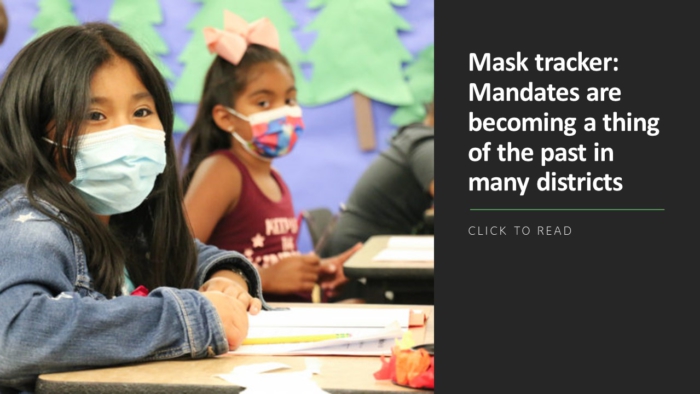“Whole child education” is gaining fresh momentum as district leaders may be shying away from the politicization swirling around the phrase “social-emotional learning.” The whole child concept, of course, is not new but there is a renewed push to guide schools in adopting and enhancing the “Whole School, Whole Community, Whole Child” model developed by the CDC and ASCD.
Building positive school climates and prioritizing student wellness are keys to whole child education. District leaders who want to put the whole child approach into policy and practice can get started by following a pair of blueprints just released by the University of Connecticut’s Collaboratory on School and Child Health.
“It’s all related and every aspect affects everything else,” says Sandra Chafouleas, a professor in the Department of Educational Psychology in the university’s Neag School of Education. “The model is exciting but can be overwhelming.”
Harnessing the whole child
The two blueprints are essentially scripts of the activities district and school leadership teams must engage in to embed the Whole School, Whole Community, Whole Child philosophy into their buildings. The overall goal is for the education and health sectors to collaborate around whole child success.
On the policy side, it is recommended that administrators form a district- or school-based team to assess strengths, weaknesses, and areas of urgency around the 10 whole child domains, which cover physical activity, nutrition, community involvement, employee health, and behavioral supports, among other concepts. Educators can use the WellSAT 2.0 tool to evaluate strengths and weaknesses.
FETC 2023
The Future of Education Technology® Conference takes place live and in-person Jan. 23-26, 2023, in New Orleans. Register now!
For example, school leaders might realize that they have implemented a number of successful-student centered practices—such as regular outdoor activities and farm-to-table meals—but they are seeing higher levels of employee burnout because staff wellness has not gotten as much attention. Leaders may even recognize that while there are several teacher wellness programs, other staff—such as cafeteria workers and paraprofessionals—have been left out.
Solutions include forming a staff wellness committee, offering discounts to local gyms and providing rotating class coverage to give teachers more planning time.
The second key step is to develop action plans for new whole child initiatives—or adjustments to existing policies—that list resources needed, address potential barriers, and detail how progress will be monitored. This process will likely include de-implementing less effective policies, such as:
- Recognizing staff accomplishments at the beginning or end of PD sessions instead of requiring team-building activities.
- Replacing administrator-provided potluck meals with healthy food options using local ingredients sourced through a district’s Farm-to-School program.
For further guidance, review the blueprints with your leadership team.
More from DA: Some educators are behaving badly. Here’s how to help them out



